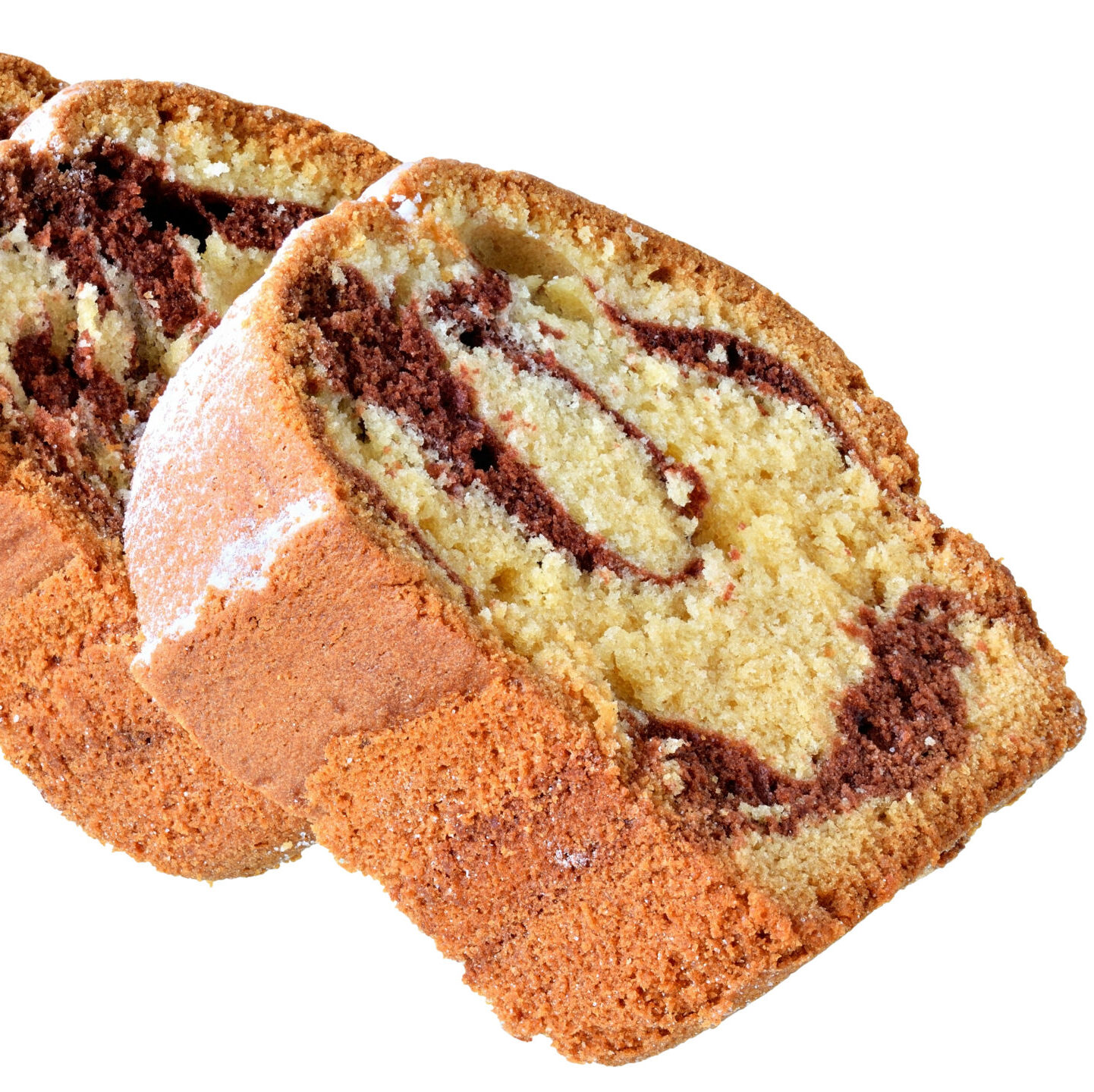
It is common in batter and dough application to use a double-acting baking powder for leavening without the hassle of a lengthy fermentation period. Used normally in cakes, cookies and muffins, double-acting baking powder is the go-to leavener in bakeries. Double-acting baking powder has two types of acids, which react at different times during baking. The reaction adds volume to baked goods that don’t have acid in them, such as cookies or cakes.
Baking powder is a leavening agent that contains a combination of alkali, acid and a moisture absorber. Double-acting baking powder contains two types of acids. The first acid reacts by creating gases when mixed with the liquid in the recipe. The second type reacts by creating gases when the batter is exposed to oven heat.

Double-acting baking powder was developed by chemist George Campbell Rew (1869-1924) and William M. Wright (1851-1931) in 1889. They marketed the product under the name Calumet Baking Powder. In 1928, the company was bought by General Foods. 1
Baking powder contains sodium bicarbonate as the base, cream of tartar as the acid, and cornstarch. Because the base and acid react immediately upon the addition of water, cornstarch is added to absorb the moisture and prevent premature activity. To make baking powder more affordable, monocalcium phosphate is used in place of the tartaric acid. 2
Sodium aluminum sulfate is added to the baking powder formula to make double-acting baking powder. Sodium aluminum sulfate is an insoluble crystalline powder. Although it is acidic by nature, it refuses to interact with sodium bicarbonate unless fully melted, delaying any reaction until it is warmed above 140 o F. 3
In double-acting formulas, the moisture-sensitive acid is meant to prime (not leaven) the dough, seeding it with carbon dioxide, by acid and alkaline reaction. Then the heat-sensitive acid kicks in right as cakes and cookies need it most–about midway through the baking process, when softly set batters and doughs threaten to collapse. 2
Many bakers use double acting baking powders when they have small scale batch processes. However, when scaling up to larger continual processes, especially where the Oaks equipment is involved, different leavening acids need to be utilized to properly handle the process.
To clarify, double-acting baking powder is “regular” baking powder. 3 Single-acting baking powder exists, but when a recipe calls for baking powder it means double-acting. And even if a recipe does call for single-acting, you can substitute double-acting without worrying about it changing the recipe. Single-acting baking powder is mainly used by manufactures and usually not available for retail use. 3
Baking powder is used in batters where there is no acid present, such as in: cookies, cakes, pastries, pies, quick bread, etc. It makes the baked goods voluminous by forming carbon dioxide when the baked good is heated.
When creating a recipe, the food chemistry rule is 1 to 1 ¼ teaspoon of baking powder per 1 cup flour. 3 If too much is used in your recipe, this produces big bubbles that will run into each other and then rise to the surface and pop. This result is that the muffins, cakes or quick breads become heavy or sunken.
Baking powder is generally recognized as safe (GRAS) regulated by U.S. Food and Drug Administration in the article 21CFR182.1.4